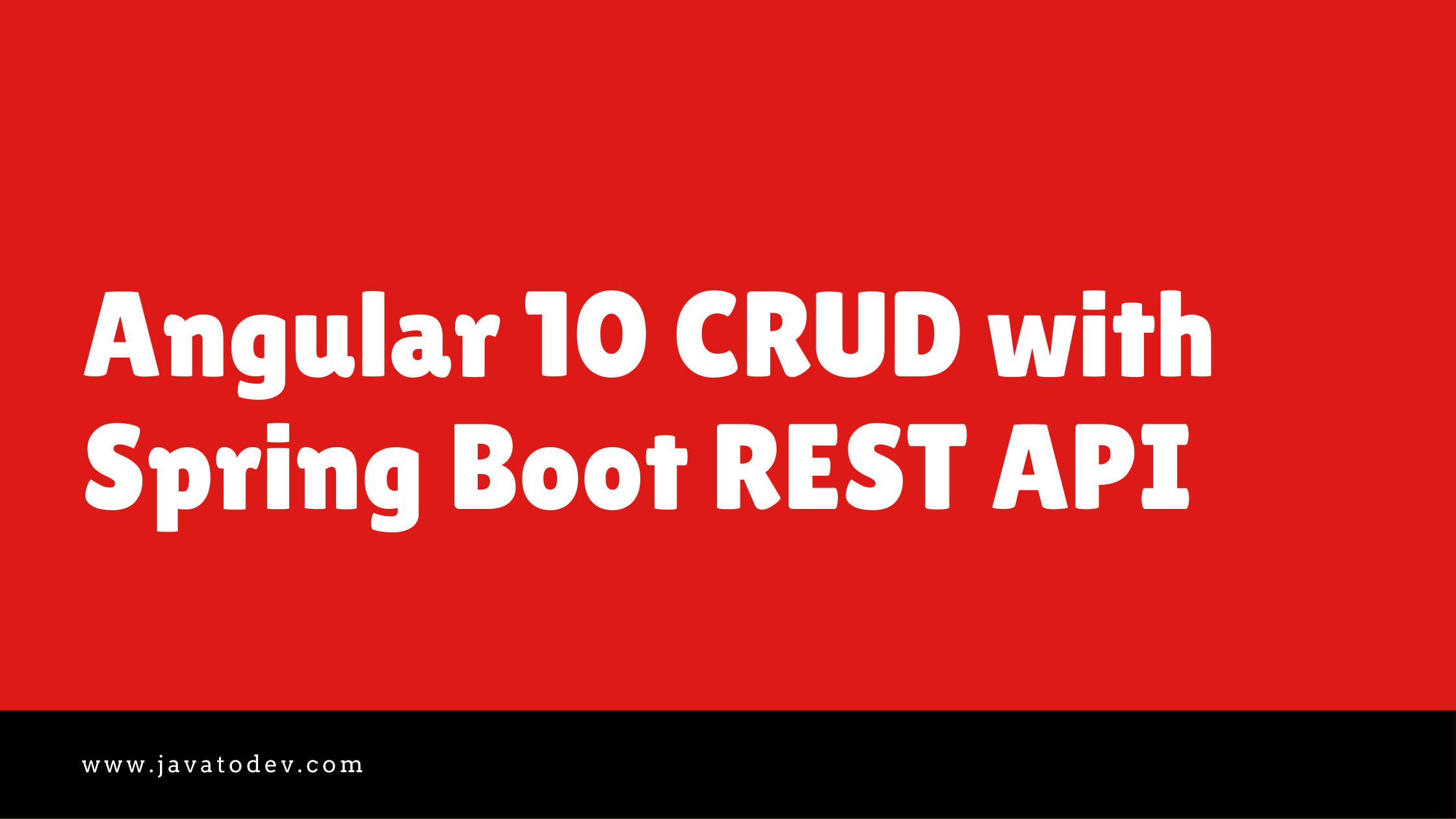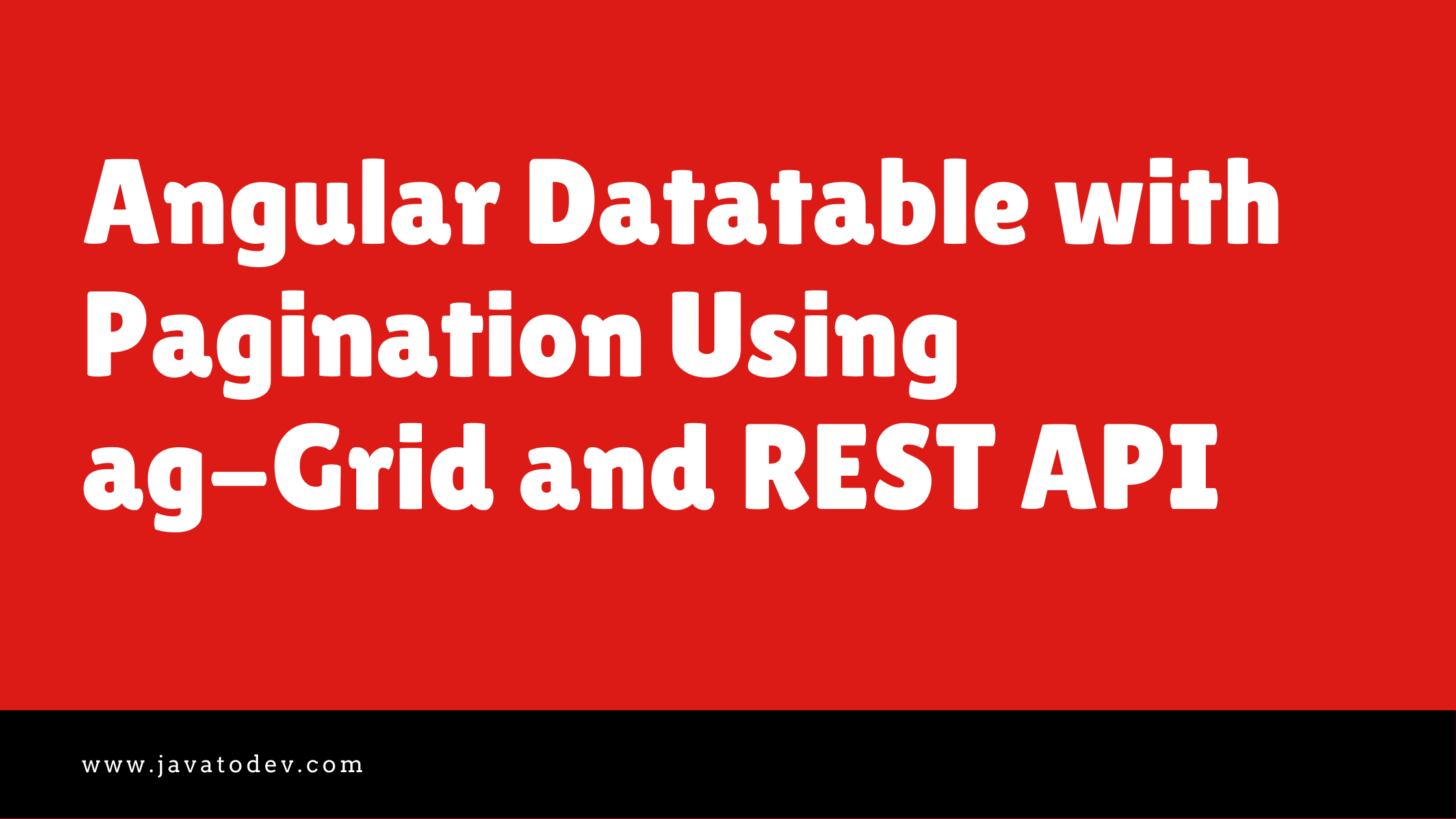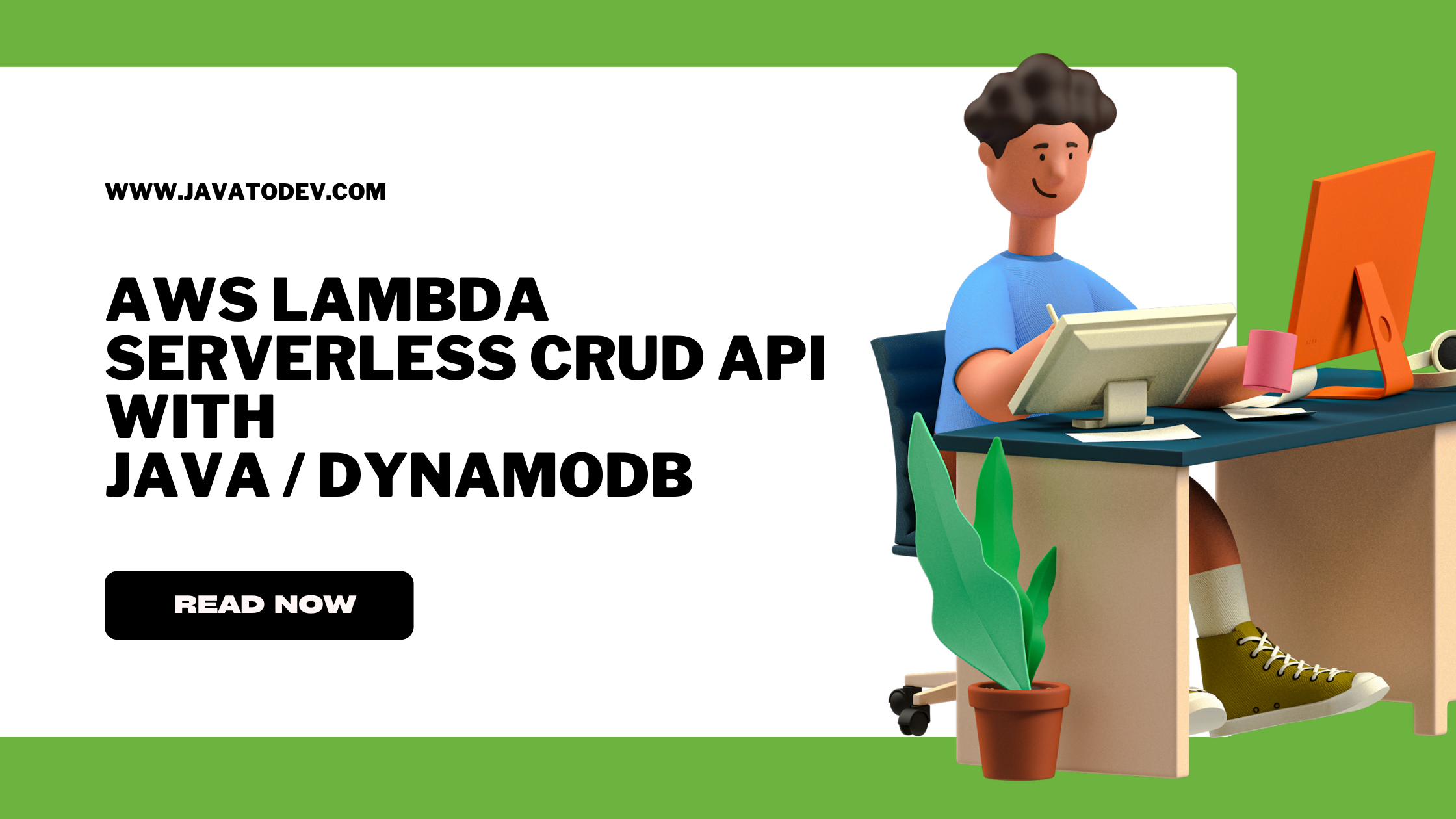Deploying Spring Boot Applications With AWS ECS Fargate (Free Course)
-
 Chinthaka Dinadasa
Chinthaka Dinadasa - 03 Jul, 2023
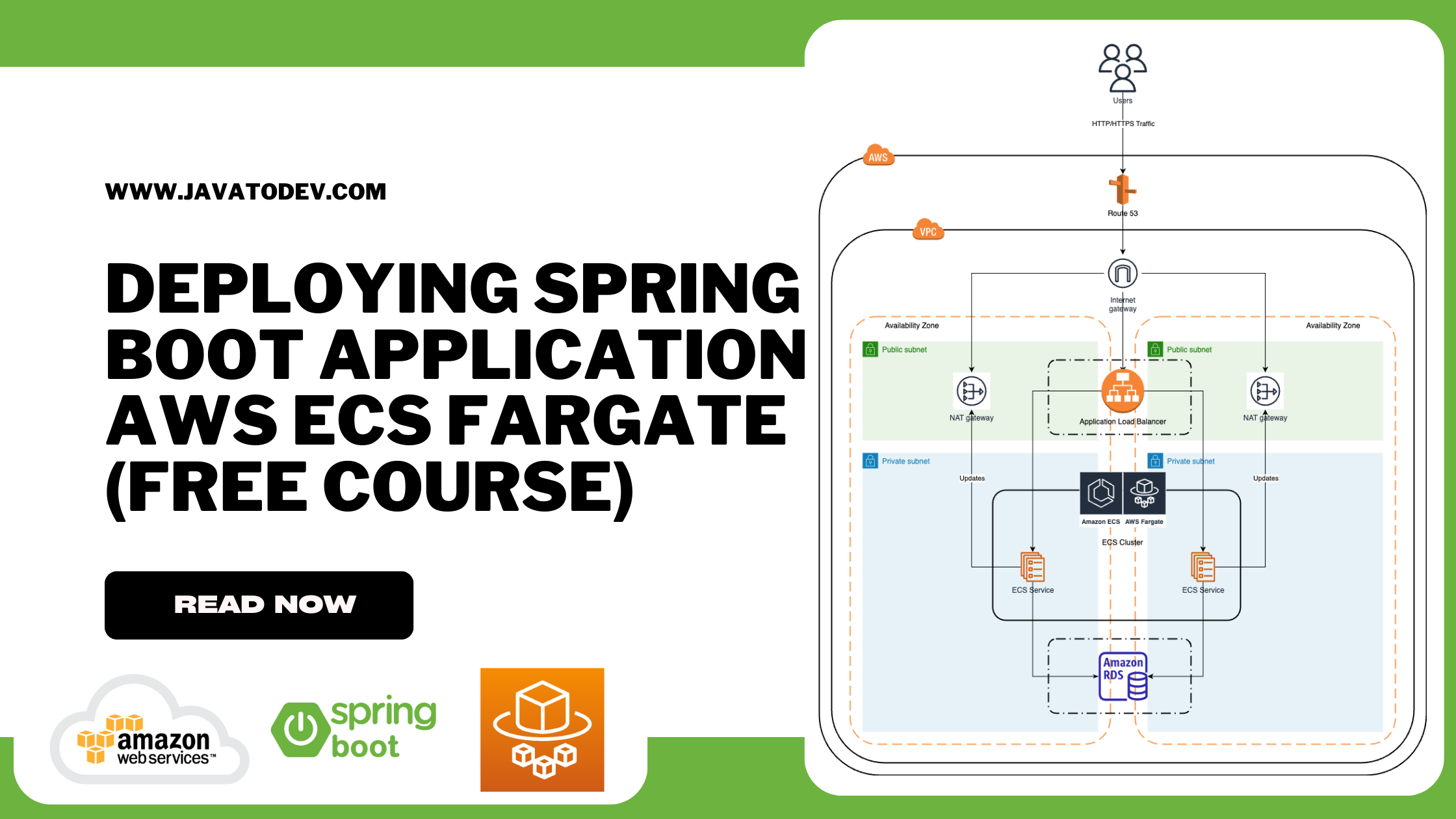
AWS Elastic Container Service (ECS) Fargate is a fully-managed container orchestration service that allows developers to deploy and manage containers without managing underlying EC2 instances.
Deploying Spring Boot applications with ECS Fargate can be an excellent choice for organizations that want to reduce infrastructure management overhead and increase the scalability and reliability of their applications.
When combined, Spring Boot and AWS ECS Fargate provide a powerful solution for deploying and managing Java applications in a containerized environment.
By utilizing Spring Boot’s ease of development and AWS ECS Fargate’s simplicity of deployment, developers can build scalable and highly available applications that leverage the benefits of containerization.
Welcome to the start of our article series, where we will explore the process of setting up a Spring Boot REST API on AWS ECS Fargate from scratch as a totally free course.
In this comprehensive guide, we will take you through each step involved in deploying your Spring Boot application as a containerized REST API using the power of AWS ECS Fargate.
What Are We Going To Build
In this series, we are going to explore how we can set up the following architecture which consists of all the necessary AWS Cloud components to achieve our goal of deploying the spring boot application on AWS ECS fargate.
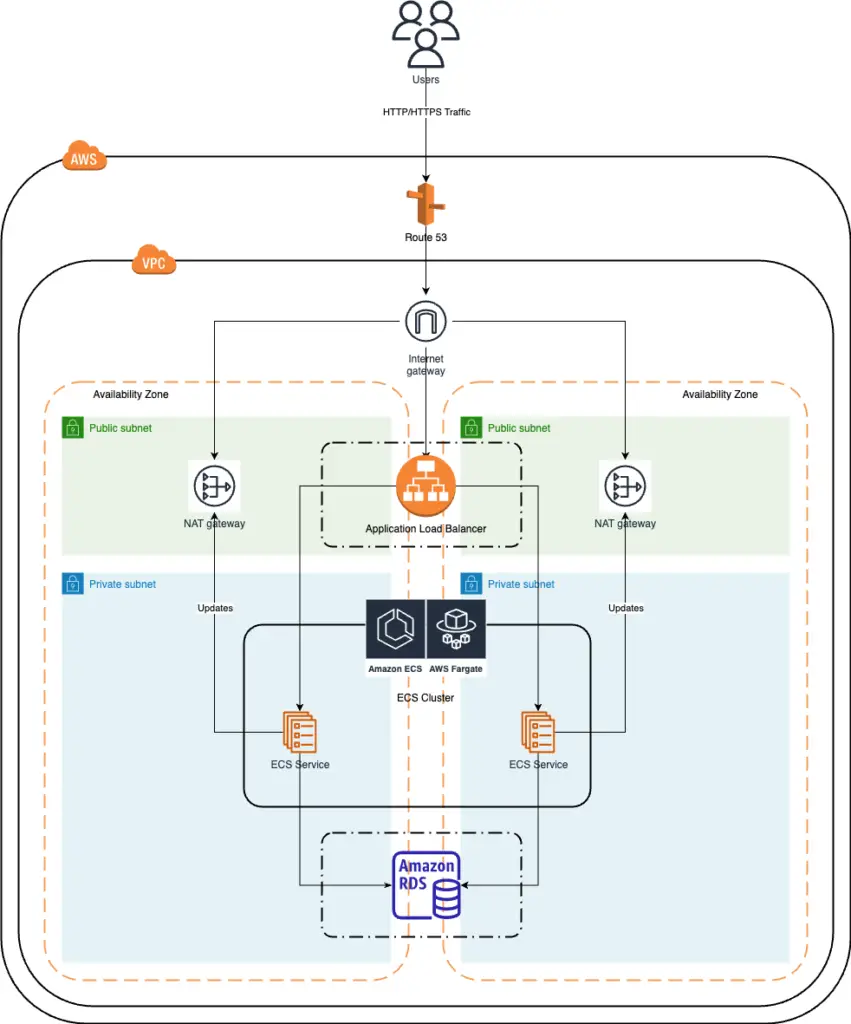
AWS Architecture Diagram of Deploying Spring Boot application on AWS ECS fargate
Here’s a glimpse of what you can expect to learn throughout the series:
- Introduction to Spring Boot and AWS ECS Fargate: Get acquainted with the key concepts of Spring Boot and AWS ECS Fargate, understanding how they complement each other in building scalable and efficient applications.
- Setting up AWS Infrastructure: Learn how to create the necessary infrastructure components on AWS, including VPC (Virtual Private Cloud), subnets, security groups, and IAM roles.
- Containerizing the Spring Boot Application: Explore the process of packaging your Spring Boot application as a Docker container, including defining dependencies, configuring the Dockerfile, and building the image.
- Creating an AWS ECS Cluster: Dive into the world of ECS (Elastic Container Service) and create an ECS cluster to manage your containerized applications.
- Configuring ECS Task Definitions: Understand the role of ECS task definitions in defining the properties and requirements of your containers. We’ll guide you through creating a task definition for your Spring Boot REST API.
- Launching ECS Services: Discover how to launch ECS services that run your containers, ensuring high availability, scalability, and seamless deployment of your Spring Boot REST API.
- Setting up a custom domain with SSL using Route 53: Discover how we should place SSL certificates from the Amazon Certificate manager and point those to the load balancer to enable HTTPS public access to the API.
- Setting up Amazon Cloudwatch for log management inside the ECS services with best practices in deployments.
Article Series
- Setting Up Developer Machine For This Course – Optional
- Setting Up AWS VPC For Fargate Deployment
- Publishing Docker Images On Amazon ECR
- Deploying Amazon RDS MySQL Database
- Creating Security Groups For ECS Deployment
- Creating Security Groups For ECS Deployment
- Creating Cluster For ECS Fargate Deployment
- Creating Task Definitions For ECS Deployment
- Deploying Service To The ECS Fargate
- Pointing Route 53 Domain To The Application Load Balancer
- Requesting SSL Certificate From AWS Certificate Manager
- Enabling HTTPS Traffic To AWS Application Load Balancer
